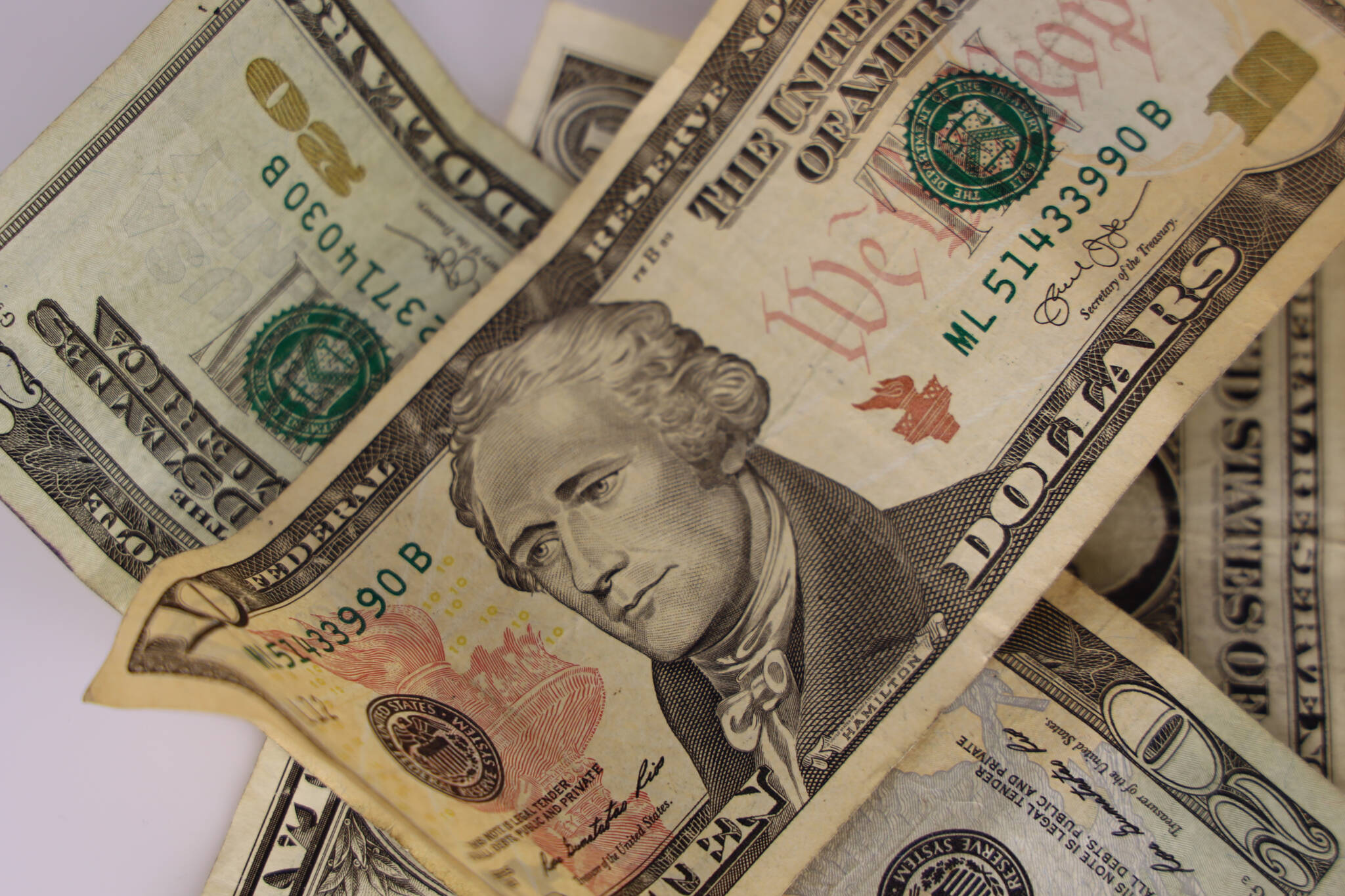Inflation in Alaska is dropping sharply this year after hitting a 41-year high in 2022, but it still remains unstable overall and uneven in some categories such as housing, according to a report published Wednesday by the Alaska Department of Commerce and Economic Development.
The statewide inflation rate was 8.1% in 2022, but as of April this year was 3.1%, the lowest since February of 2021, according to the current issue of Alaska Economic Trends, which is published by the department.
“While it’s uncertain how long it will continue slowing, the rate in April approached historical averages,” the report states. “Alaska’s average annual inflation rate over the last 61 years was 3.4%, and yearly rates fell between 0 and 4% in 44 of those years. Many of the outliers came before 1985 and were bunched in that period of unusually high inflation.”
Both the increase and drop in inflation occurred at different rates — sometimes drastically — for different costs. Housing, for instance, was among the categories seeing the biggest increase in 2022 and remains an ongoing issue this year.
“Housing is putting the most upward pressure on Alaska inflation in 2023, especially given that consumers spend more on housing than any other category, giving it more weight,” the department’s report states, noting Alaskans spend an average of 40% of their consumption dollars on housing, compared to the nationwide average of 28%.
Juneau’s costs, which were about 28% above the national average in 2022, largely mirrored the inflation trends in Alaska and nationwide, according to economic reports from the department and other agencies. But there were also differences by category locally, with housing and grocery costs in Juneau being higher than other “urban” parts of Alaska, while local utility costs were lower.
“In 2022, the average single-family home (in Alaska) cost $422,484. Average prices ranged from a low of $337,329 in Fairbanks to a high of $513,119 in Juneau” the Alaska Economic Trends report notes, adding Juneau’s housing costs were the 28th highest among 265 cities surveyed nationally.
Juneau’s housing costs during 2022 were 42.3% above the national average, according to the U.S. Council for Community and Economic Research. The biggest local difference was health care at 53.7% above the national average, while utilities are 33% higher, transportation is 15.3% higher and other costs are 10.2% higher.
Statewide inflation for April of this year ranges from a 17.3% drop in gas prices and a 15% drop in some foods (“meat, poultry, eggs, fish”) to an 8% increase in recreation and 6.3% increase in housing, according to the U.S. Department of Labor’s Bureau of Labor Statistics. Other notable changes were an 8% drop in used vehicles, a 6% increase in new vehicles and a 5.4% increase in electricity.
The state report issued Wednesday states figures available during the first four months of the year suggest “Alaska (is) on track for lower annual inflation than the previous two years, but overall inflation for 2023 won’t be available until early 2024.”
• Contact Mark Sabbatini at mark.sabbatini@juneauempire.com or (907) 957-2306.

